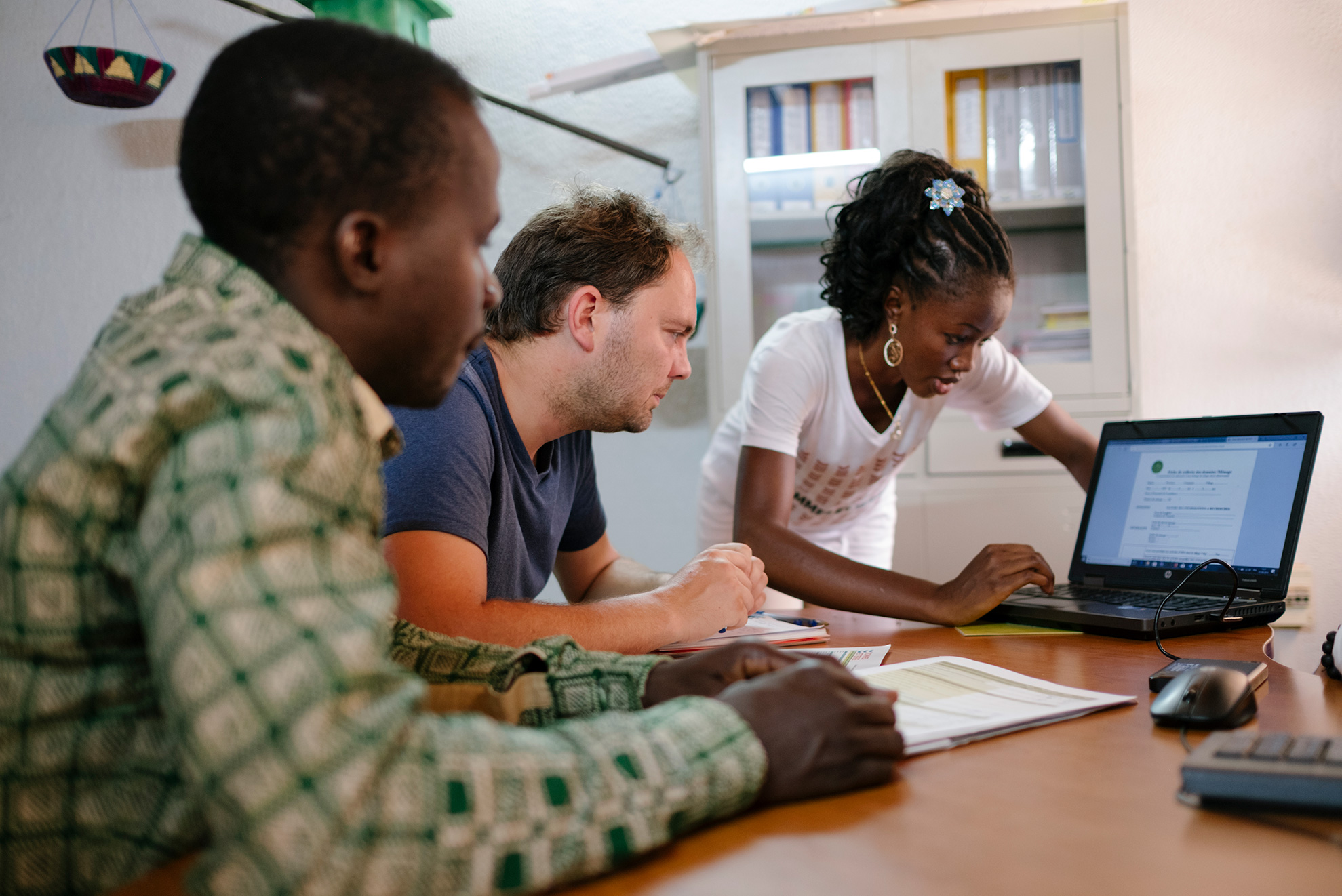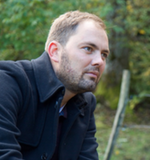Ecosia is the search engine that plants trees. Get our free browser extension and app to join our global reforestation movement.
1. Why does Ecosia plant trees?
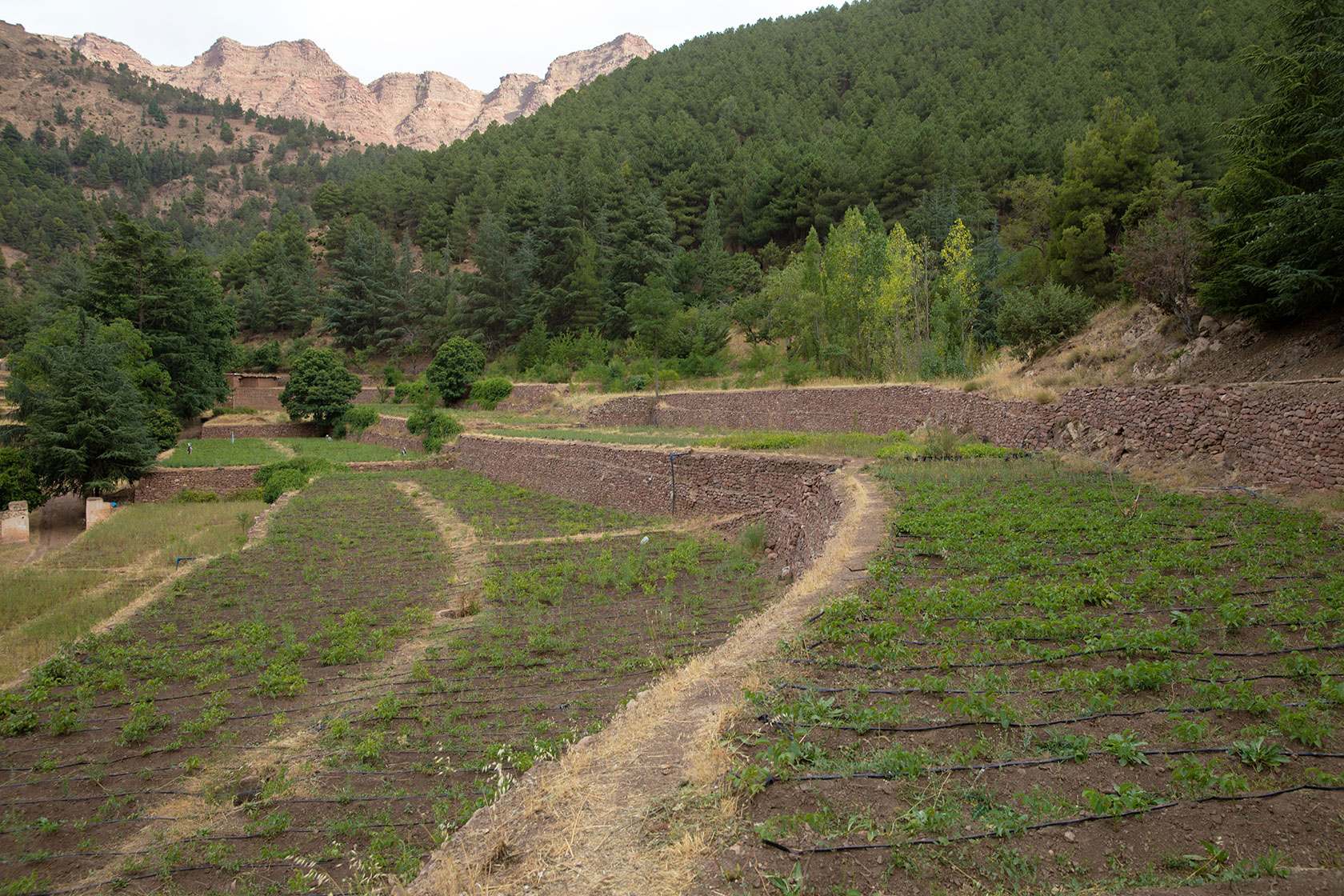
For the planet
Trees are the superheroes of the planet. Apart from being the most effective CO2 absorbers we have, trees help mitigate climate change, restart water cycles, stop deserts from spreading and turn barren grounds back into fertile woods and farmland.
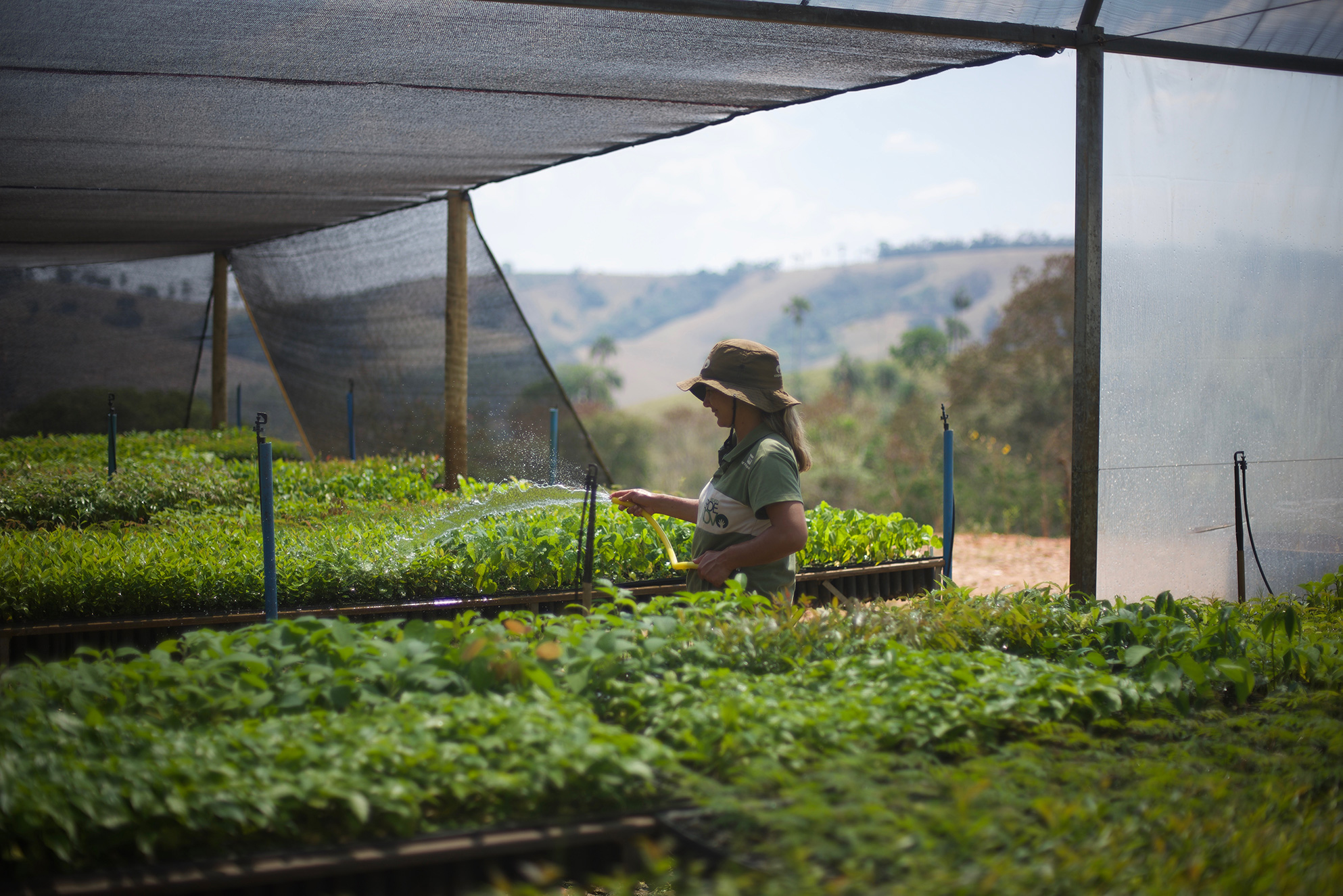
For communities
Trees help to empower women and lift people out of poverty. Our projects are helping to revitalise communities. Growing fresh produce in agroforestry systems provides food and income for those who need it most. Trees help to regenerate depleted soils, and allow people to thrive off their land rather than having to migrate in search of better living conditions.

Local men and women can find stable employment and earn an income of their own, which can help to stabilize political and economic situations in developing countries. Thanks to this income, parents can afford to send their children to school, buy medicine and build houses.
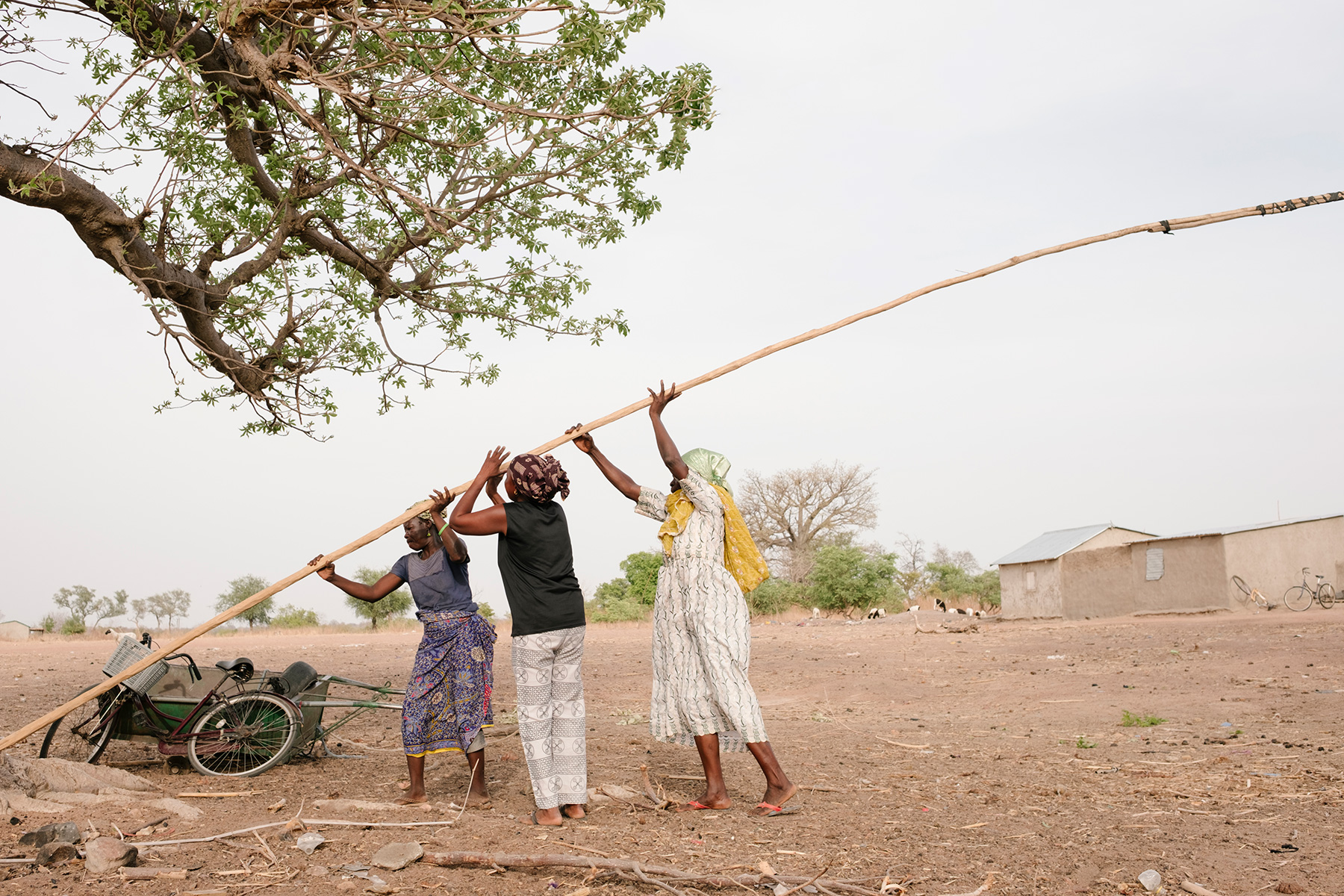
For animals
By planting trees with Ecosia, you can help to create and maintain a habitat for endangered animal species around the world to support biodiversity. Trees can also help shape and restore landscapes. With their strong roots, they can stabilize shorelines and mountain sides.
Simply by planting a tree, you can fight climate change, restore landscapes, protect wildlife, provide nutrition, employment, education, medical assistance and economic stability.
2. Where does Ecosia plant trees?
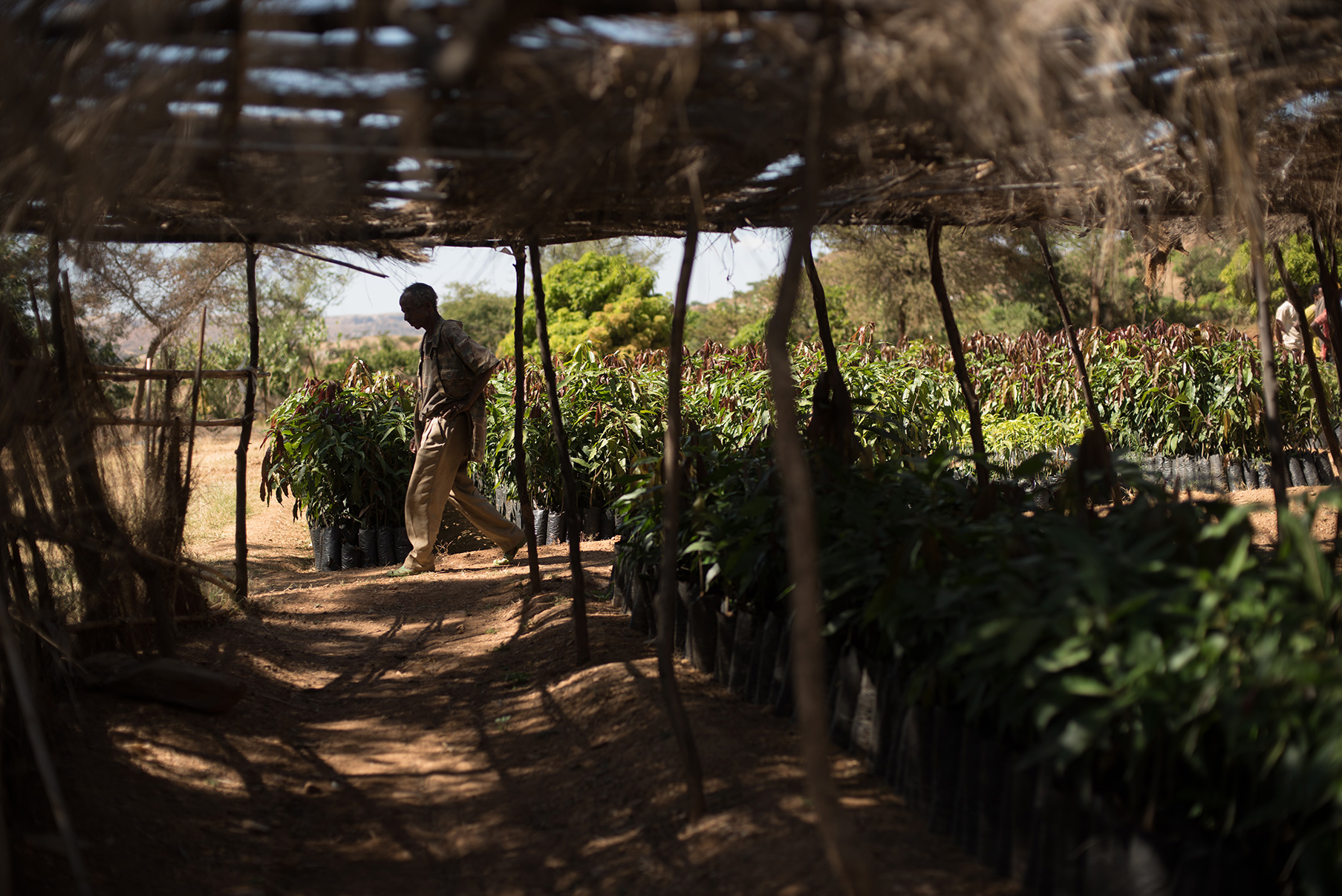
All over the world
Ecosia supports over 20 tree-planting projects in 15 different countries; Peru, Brazil, Madagascar, Nicaragua, Haiti, Colombia, Spain, Morocco, Senegal, Burkina Faso, Ghana, Ethiopia, Uganda, Kenya, Tanzania and Indonesia. To achieve this, we work with local partners who are able to monitor your trees on the ground.
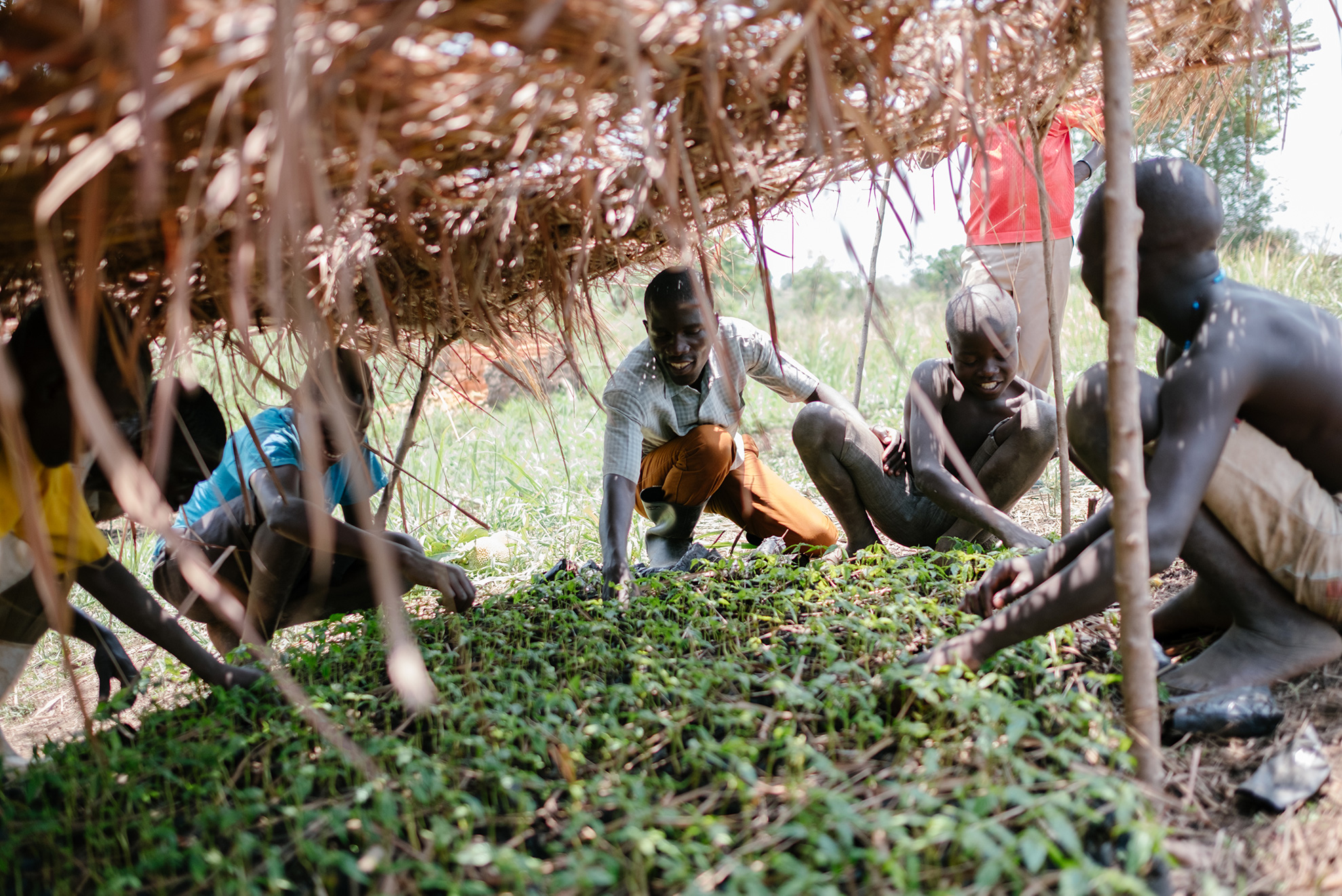
In biodiversity hotspots
Imagine you had a billion trees to give away, and had to decide where they could have the biggest impact on people and nature. Where would you go?
For us it's biodiversity hotspots, areas which hold particularly high numbers of unique species. These locations face extreme threats, hold at least 1,500 species of endemic plants and have been diminished by at least 70 percent.
Today, 35 such hotspots are defined. They represent just 2.3% of Earth’s land surface, but they support more than half of the world’s plant species and nearly 43% of bird, mammal, reptile and amphibian species found nowhere else on earth.
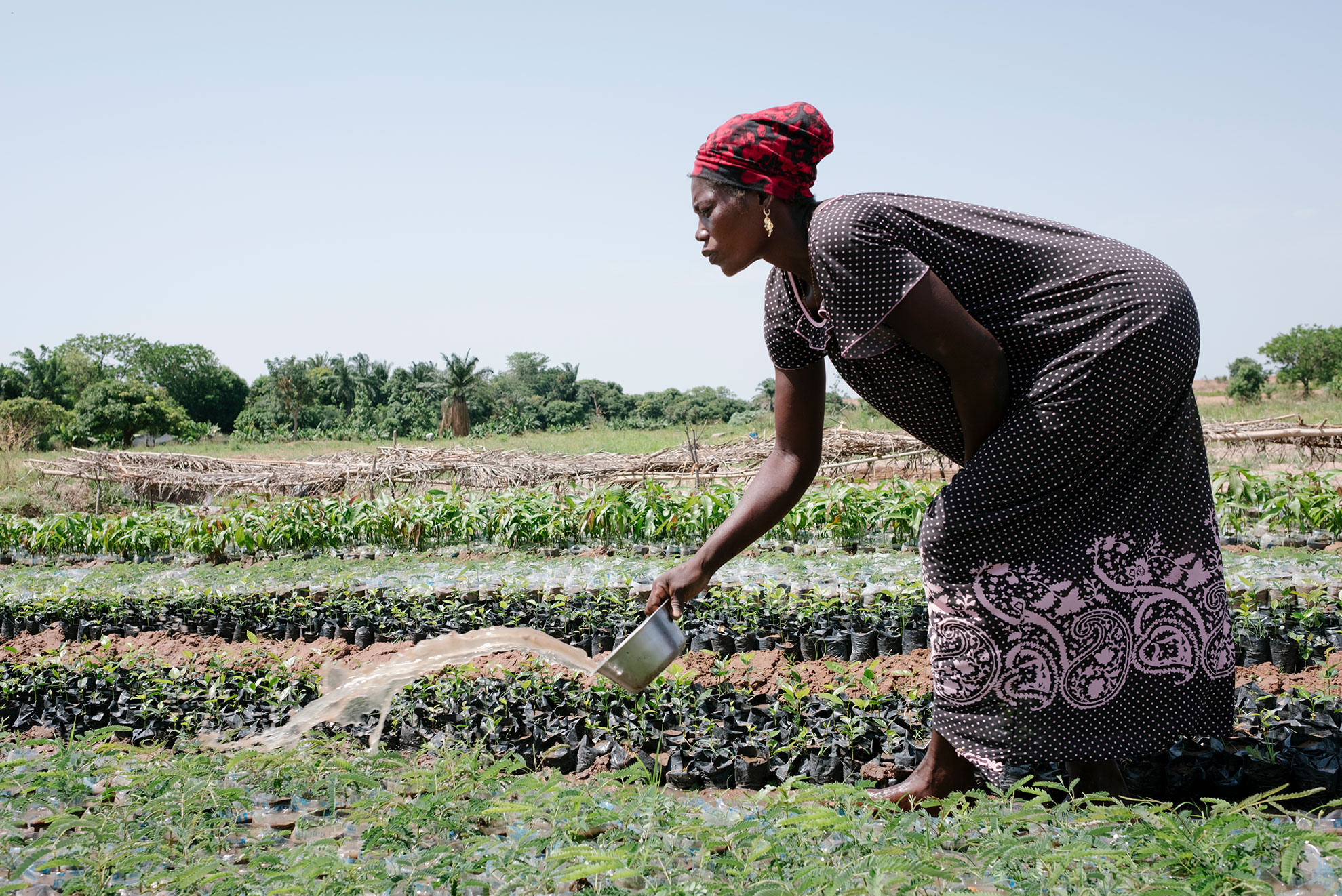
Where people want them
Trees are tremendously helpful in creating value to farmers and communities. They can prevent erosion, create a stable microclimate for other crops, restore the water systems or provide new means of income.
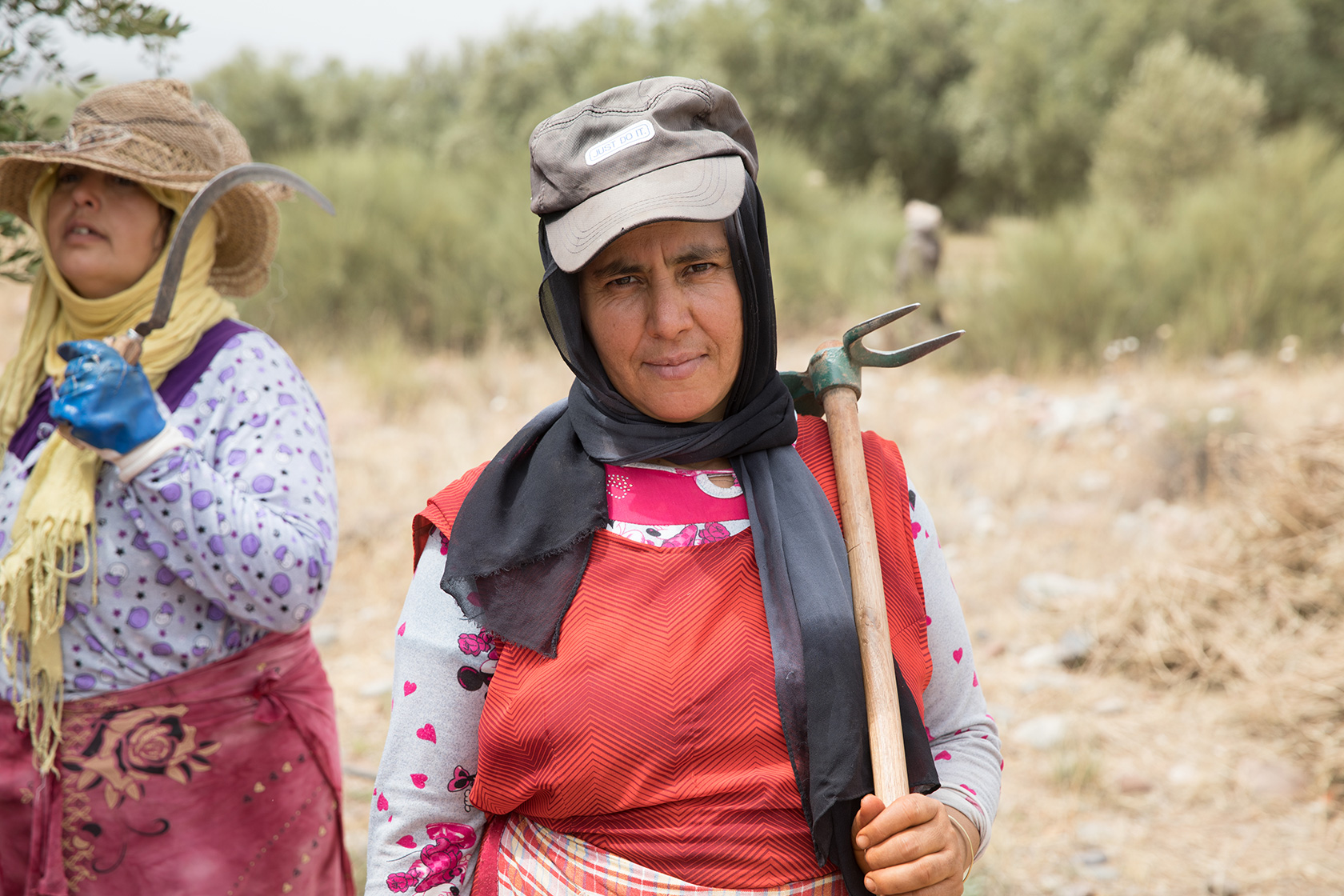
But in the poorest agricultural regions of our planet, communities and farmers do not have the means to start tree-planting and restoration on a larger scale. It's hard to find private investments because there's no return within three years, and public financing carries large administrative burdens.
By planting in these areas, we are employing local communities and giving farmers an attractive alternative to selling their land for monoculture production.
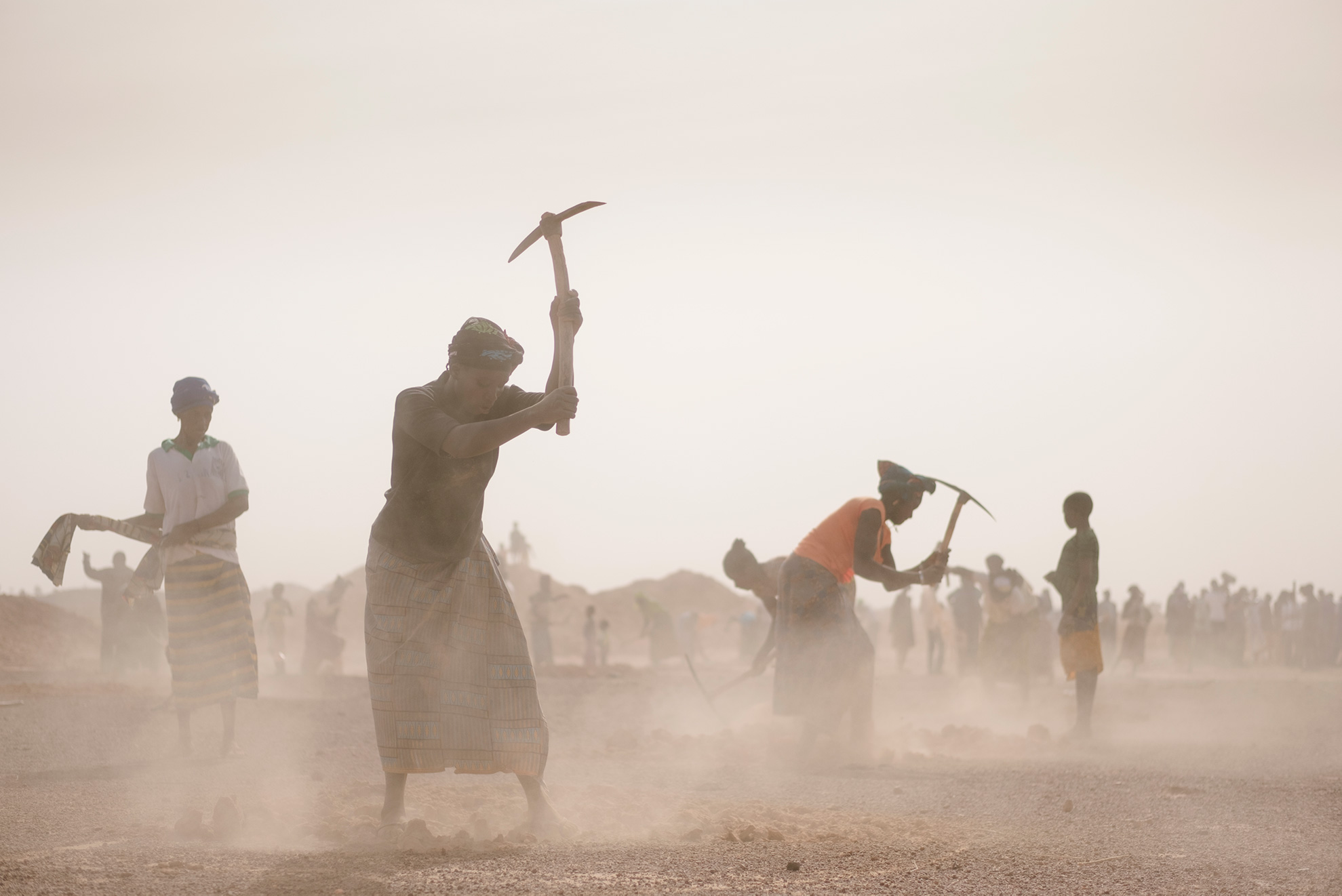
3. What tree-planting methods does Ecosia use?
As nature intended
When planting trees, we need to make sure the new forest ecosystem can function properly. Ecosia only plants trees in deforested areas where historically there have been trees – often in the shape of a forest, but that could also mean widespread savannah trees.
If there is an area where trees used to grow naturally, we know this area offers an environment where trees can actually thrive.
We work with native species in order to restore the natural situation that existed before. There are occasion exceptions, for example planting non-invasive fruit or nut trees alongside native trees in agroforestry systems, to provide income and food for local communities.
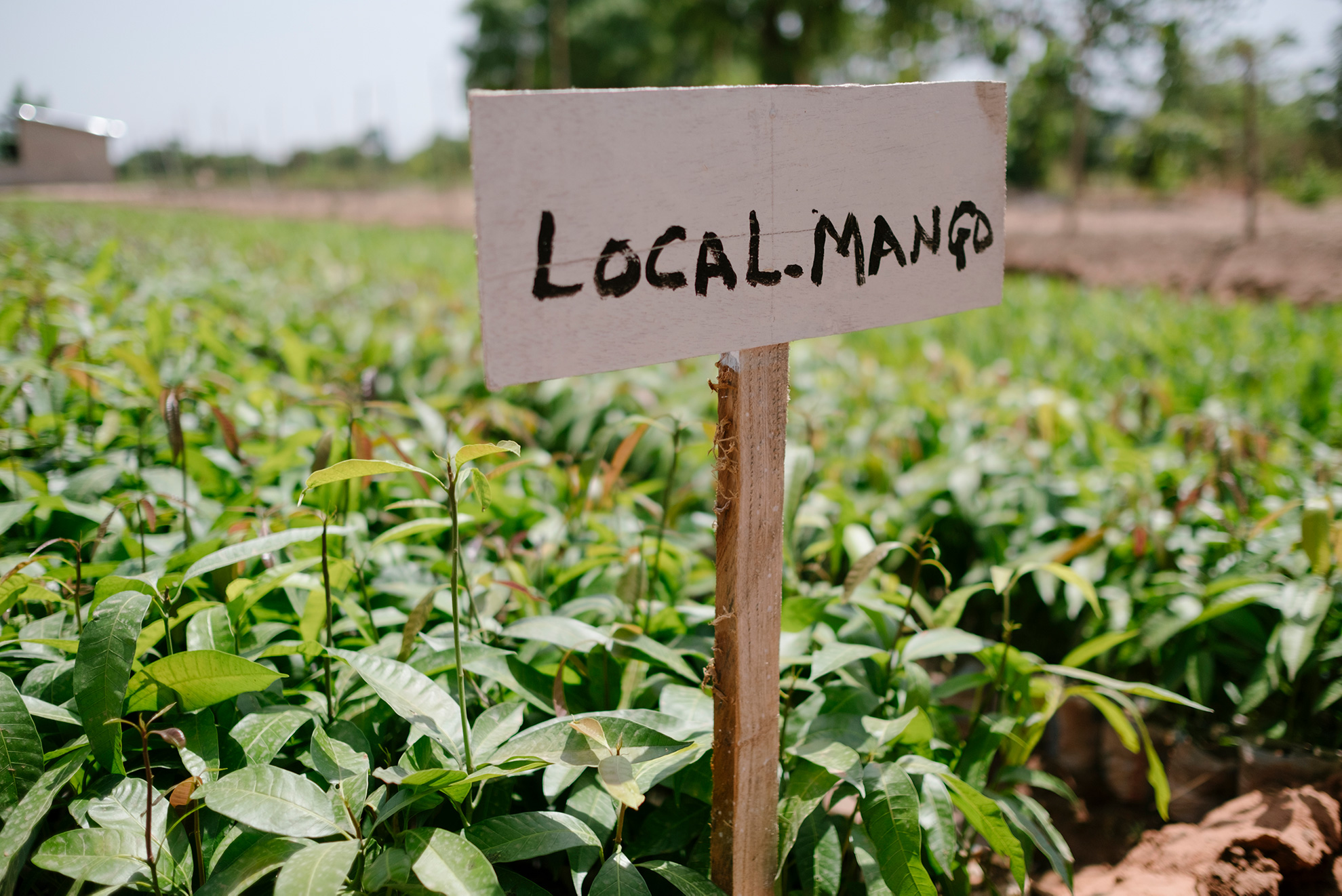
Every natural area in development has their rhythm of species that come and go. On bare land, the first trees prepare the way for other species, because they fix nitrogen or capture water. Certain animals again are attracted by these trees. When restoring an ecosystem, it makes sense to follow the natural succession path of species, as that is the most effective way to get to a new forest eventually.
Landscape approach
Ecosia uses an integrated landscape approach that supports nature and people by building corridors, capturing water or changing the local climate positively. We make sure planting trees works in a wider sense and that the activities we support do not stand in isolation.

The trees will only survive if the people in and around the project area understand the benefits the trees bring – which can be a change to the earlier situation that caused the trees to disappear. We want to understand what caused the deforestation and also understand why the project thinks it will not happen again. Assuming that there are benefits, do people understand them and act accordingly?
At Ecosia, autonomy of the people comes first. Even if all benefits seem obvious, if the local people do not agree with the way a planting program is planned, forcing a project upon them is certainly not the way to go. In practice, there will be different views within the community, too. With common sense and an open mind, everyone involved can discuss how and whether we can best work together in the area. The role of women and children is also very important in this process.
Not planting trees
Believe it or not, planting is not always the best way to get trees back! Planting trees means starting with a nursery and transporting them to planting sites where they have been sowed and grown under ideal circumstances. Many young saplings die because they cannot adapt to the harsh world outside.
Of course, we plant trees where appropriate. However, we also support other methods, such as sowing or Farmer Managed Natural Regeneration, which are often cheaper and more effective.
We also have a project in Brazil that aims to regrow 25 million trees through firefighting in ten years. Forest fires are a major threat to the Mata Atlântica, and by employing people to manage them, we can restore over 10,000 hectares at a very inexpensive price.
4. How does Ecosia choose its planting partners?
We aim to work as closely with the people who plant the trees as possible, to avoid unnecessary overhead and keep the working and communication lines short and sweet. We prefer to work with local partners, as they will have crucial knowledge about the region we’re planting in. We listen to the expertise of village chiefs in Burkina Faso, or the advice from a small farmers' collective in Spain.
